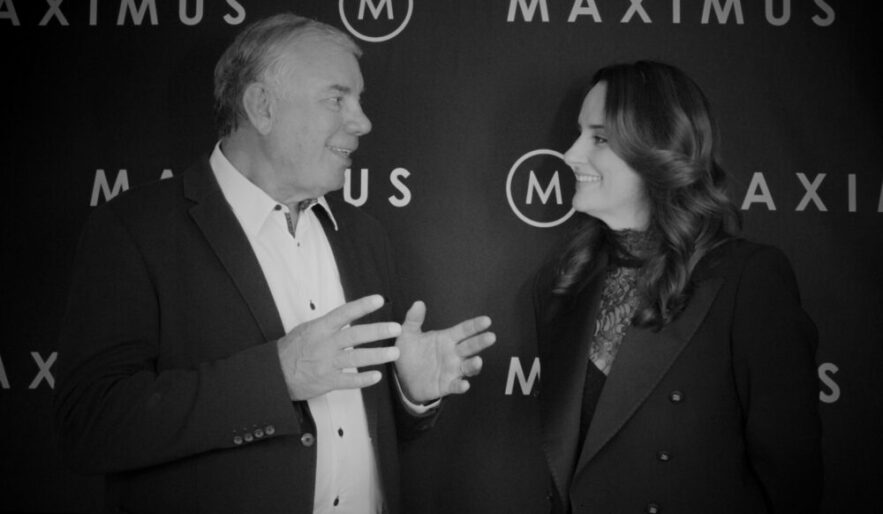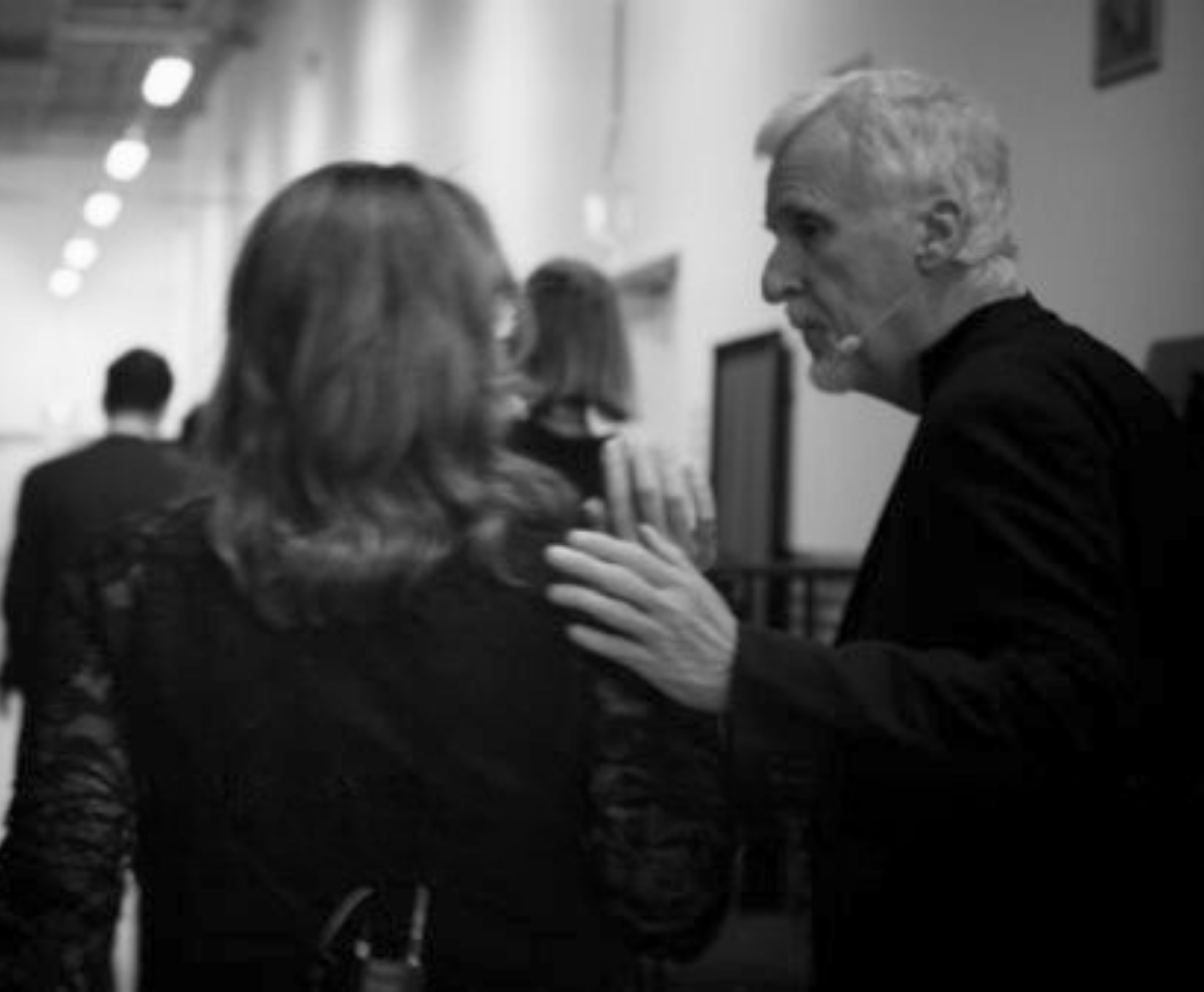Traditional corporate learning doesn’t leave much to the imagination. Classroom-led courses and the 70-20-10 mind-set are familiar reminders of what corporate learning means to most employees. Leaders hope that employees utilising these learning experience better themselves. However, good intentions aside, these learning methods often fail to truly shift an employee’s way of thinking. It is necessary for companies to get creative, collaborative, and turn learning on its head.
MAKING STRUCTURED LEARNING IMMERSIVE
We took on the recent challenge of developing Telstra’s top talent. After a year-long accelerated talent program, the Maximus team held an immersion experience in Manila, Philippines for a series of core learning experiences; mainly around the topic of connecting with others and character authenticity. Instead of instructing Telstra’s managers, Maximus gave them the opportunity to experience authentic interactions first hand. By taking the leaders to interact with disadvantaged school children, they let down their guard and experienced authentic, meaningful interactions. This type of learning experience leaves an impression that employees cannot forget.
TEACH BY ENQUIRY
Instilling a curious nature in your employees is vital for their continued growth and development.
An organisation needs to foster an environment that helps employees understand the value of active enquiry. Take Uber for example: What makes them so successful? Instead of asking employees this question, have them call up an Uber, jump in the car, and physically experience how Uber is different to other taxi companies. This type of immersion encourages active enquiry outside of organisational resources.
OPENESS VERSUS CONTROL
Learning is traditionally quite rigid and controlled, which can result in stagnant and unimaginative ideas. Two concepts can help foster a more open learning environment: design thinking and an open IT environment.
- Design thinking helps with idea conceptualising. Commonly, a lot of problem analysis is based solely on thought verses a synthesised and conceptualised approach. Encouraging a more integrated and ‘big picture’ approach to learning can be achieved through design thinking.
- The IT environment should be conceptualised as an open source entity. People want to collaborate. By collaborating with others, we can leverage information and relationships, allowing employees to build on ideas. This creates an incredibly diverse and open learning environment.
The future learning environment will be embedded in organisational culture. Every day, every interaction, and every experience should be approached as a learning opportunity. The re engineering of the corporate learning environment will not be a quick fix, but a cultural shift in how employers view the value of employee learning.
This article was originally published for CEO Magazine








